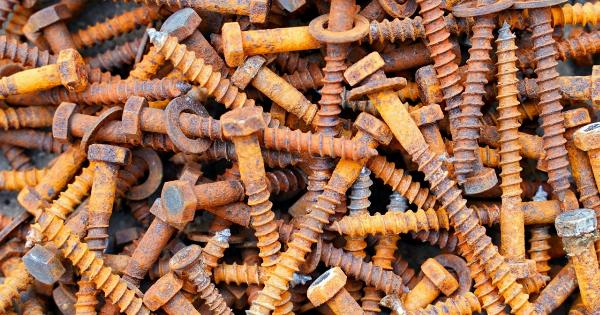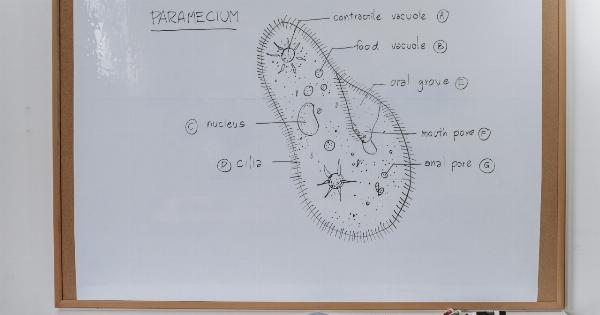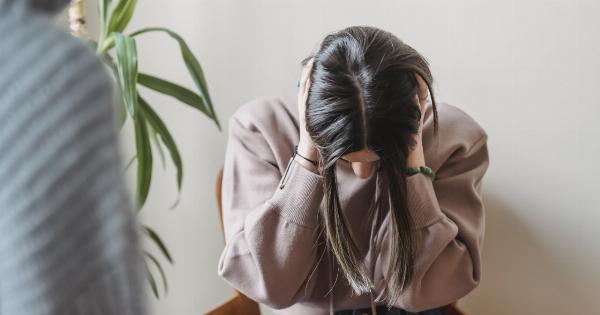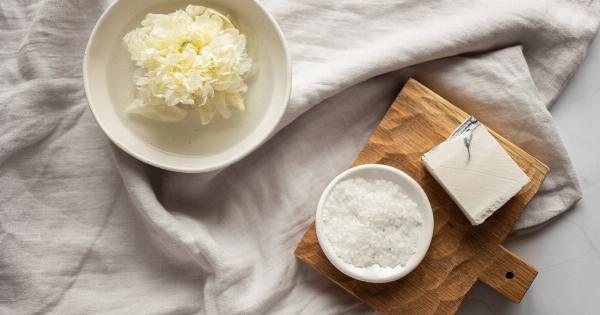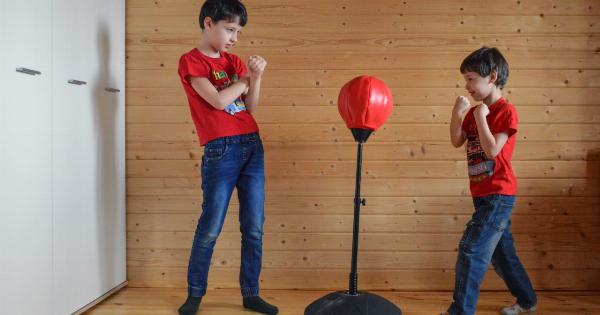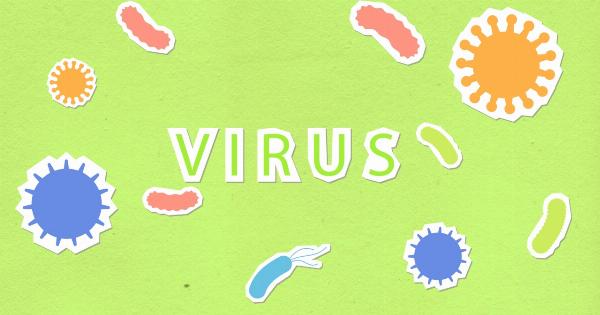Joint pain is a common ailment that affects people of all ages and backgrounds, causing discomfort and limitations in daily activities.
Many individuals report that their joint pain worsens during cold weather, leading to a variety of theories and speculations about the connection between the two. In this article, we will explore the relationship between joint pain and cold weather, the possible causes for this correlation, and effective strategies to manage and alleviate joint pain during colder months.
The Science Behind Joint Pain
Before delving into the effects of cold weather on joint pain, it is important to understand the basic science behind joint pain itself. Joints are the connections between bones that allow movement and flexibility.
Within each joint, there is cartilage, a smooth and rubbery tissue that acts as a cushion and reduces friction during movement. Surrounding the joint, there are ligaments, tendons, and muscles that provide support and stability.
When joint pain occurs, it is usually a result of inflammation, injury, or degenerative conditions such as arthritis. Inflammation can be triggered by various factors, including repetitive movements, trauma, or underlying health conditions.
If the cartilage within a joint wears away or becomes damaged, it can lead to bone-on-bone contact, causing pain, stiffness, and swelling.
The Common Perception: Joint Pain and Cold Weather
Many individuals claim that their joint pain worsens during cold weather, especially in colder climates or during colder seasons.
While scientific research in this area is limited, numerous anecdotal reports support the claim that joint pain and cold weather are somehow connected. There are several possible explanations for this perceived correlation.
The “Barometric Pressure” Theory
One theory suggests that changes in barometric pressure affect joint pain. Barometric pressure, also known as atmospheric pressure, is the weight of the air above us. It often decreases during cold weather, especially before a storm.
Some individuals believe that these pressure changes affect the fluid within joints, leading to increased joint pain and discomfort.
However, scientific evidence supporting the barometric pressure theory is inconclusive. While some studies have reported a correlation between joint pain and barometric pressure changes, others have found no significant association.
More research is needed to fully understand the potential impact of barometric pressure on joint health.
The “Temperature” Theory
Another theory proposes that cold temperatures directly affect joint pain. Cold weather can cause muscles, tendons, and other soft tissues to contract, leading to increased stiffness and discomfort.
This theory suggests that the cold temperatures reduce blood circulation around the joints, disrupting the delivery of essential nutrients and oxygen to the tissues.
Additionally, colder temperatures may cause the synovial fluid within the joints to thicken or become less viscous, further impairing joint function and contributing to pain.
However, while this theory seems plausible, scientific evidence supporting the direct influence of temperature on joint pain is currently insufficient and requires further investigation.
Psychological Factors: Mood and Activity Levels
Psychological factors, such as mood and activity levels, may also contribute to the perceived connection between joint pain and cold weather.
During colder months, people tend to be less active, spending more time indoors and engaging in sedentary behaviors. Reduced physical activity can lead to muscle weakness and joint stiffness, exacerbating joint pain.
Furthermore, cold weather often negatively affects mood and mental well-being, causing feelings of depression or anxiety. These psychological factors may lower the individual’s pain tolerance and make joint pain more noticeable and bothersome.
It is important to consider these psychological aspects when discussing the relationship between joint pain and cold weather.
Managing Joint Pain in Cold Weather
While the exact causes of the correlation between joint pain and cold weather remain unclear, individuals experiencing joint pain during colder months can make use of various strategies to manage and alleviate their symptoms:.
1. Dress Warmly and Layer Up
Keep your joints warm by dressing in layers and wearing appropriate clothing. This will help retain body heat and prevent muscles and joints from stiffening up due to the cold weather.
2. Stay Active
Engage in regular physical activity, even during colder months. Low-impact exercises, such as swimming, cycling, or tai chi, can help maintain joint flexibility and strengthen surrounding muscles, reducing the risk of joint pain and stiffness.
3. Use Heat Therapy
Apply heat to your joints using heating pads, warm towels, or warm baths. Heat therapy can help increase blood flow, relax muscles, and alleviate joint discomfort.
4. Maintain a Healthy Weight
Excess weight puts additional pressure on the joints and can exacerbate joint pain. By maintaining a healthy weight through a balanced diet and regular exercise, you can reduce the strain on your joints and alleviate discomfort.
5. Monitor Indoor Humidity Levels
Dry indoor air can contribute to joint discomfort. Use a humidifier or keep a bowl of water in the rooms you frequent to maintain optimal humidity levels, which can help prevent joint dehydration and stiffness.
6. Practice Stress Management
Since psychological factors can influence the perception of pain, implementing stress management techniques such as meditation, deep breathing exercises, or engaging in enjoyable hobbies can help reduce the impact of cold weather on joint pain.
7. Consult with a Healthcare Professional
If joint pain persists or significantly affects your daily life, it is essential to consult with a healthcare professional. They can evaluate your specific condition and recommend tailored treatment options or therapies to alleviate your joint pain.
Conclusion
While the correlation between joint pain and cold weather is widely reported and experienced by many individuals, the scientific evidence supporting a direct causal relationship is still limited.
Current theories regarding the connection between the two include changes in barometric pressure, temperature, and psychological factors. However, further studies are necessary to better understand and validate these theories.
In the meantime, individuals experiencing joint pain during colder months can utilize various strategies to manage and alleviate their symptoms.
By dressing warmly, staying active, using heat therapy, maintaining a healthy weight, monitoring indoor humidity levels, practicing stress management, and consulting with healthcare professionals, it is possible to minimize the impact of cold weather on joint pain and maintain an active and comfortable lifestyle.












